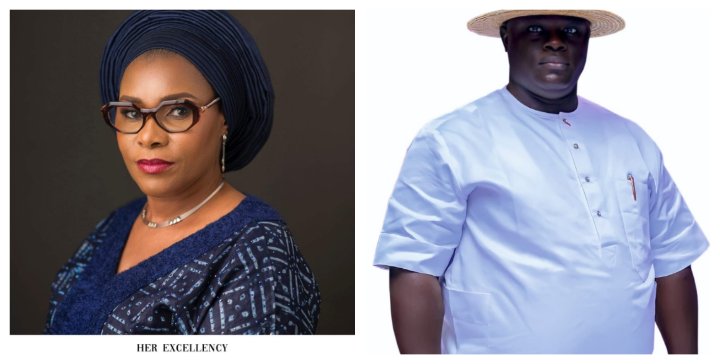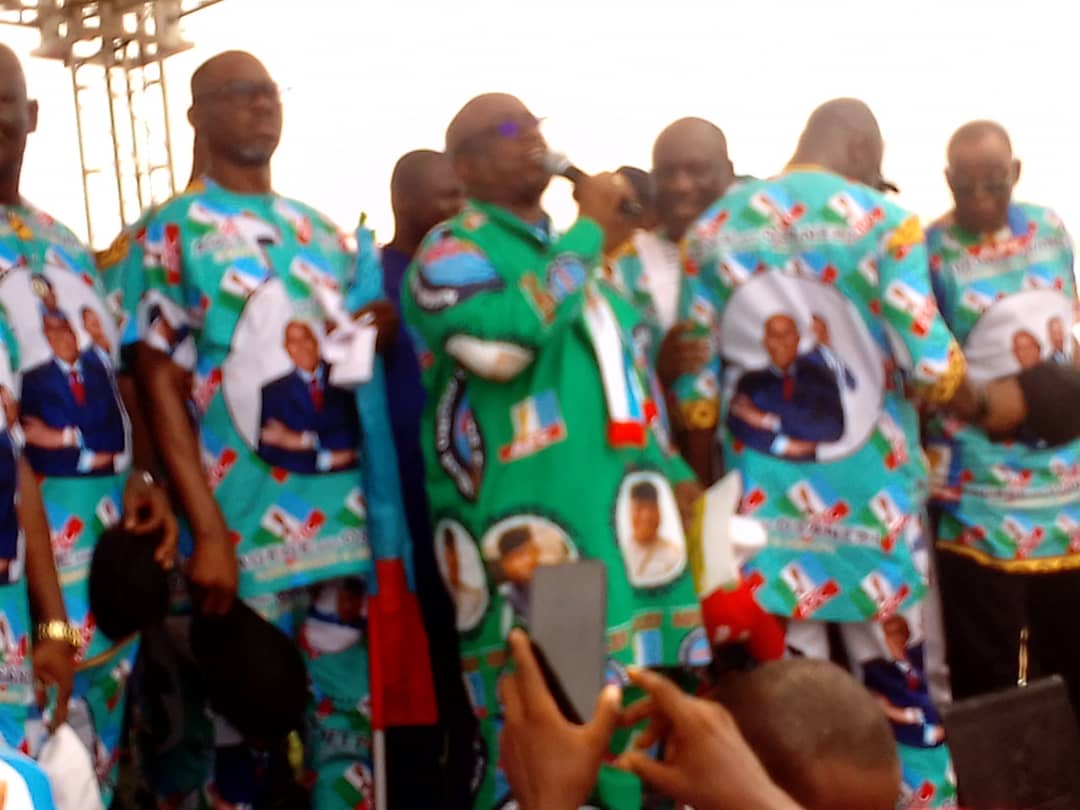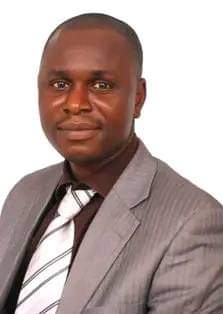News
I’ll work with Okowa for the success of PDP—Obuh
By Omos Oyinbode, Asaba
A former governorship aspirant under the platform of the Peoples Democratic Party (PDP) in Delta State, Tony Obuh, has expressed his desire and willingness to work for the success of the party governorship candidate, Senator Ifeanyi Okowa in the February 28 elections.
He said having worked with Senator Okowa for a long time, he finds him very passionate about the wellbeing of the people of Delta State, which he observed had earned him respect and acceptance across the state, maintaining that Okowa was a wonderful personality who had remained consistent in his service to the people of the state.
Obuh, who has the governorship race to Okowa, a few hours to the primaries, gave the assurance during a meeting between Senator Okowa and the leadership of the National Association of Delta State Students (NADESTU) in Asaba, the Delta State capital.
He said having contested the governorship primaries and a winner had emerged, he was bound to give his unflinching support to the party’s candidate.
He disclosed that he went into the gubernatorial race with an open mind, with the intention of supporting whoever emerges victorious in the event that he did not get the party’s ticket.
Obuh, who has been appointed as Commissioner by Governor Uduaghan, said he was ready to contribute his quota to ensure that candidates of the PDP for the various elective offices emerge victorious in the February elections, stressing that it is the responsibility of every PDP member to work for the success of the party.
While describing Senator Okowa as “my brother and dear friend”, Obuh expressed optimism that Okowa would win the governorship election, even as he urged Deltans to support and vote Okowa in the governorship elections.


